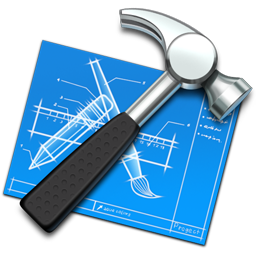Are you able to Ship Product? Does it Come Back? How do you Assess Operational Efficiency?
 In assessing manufacturing, it is important to think broadly. Quality, backlog, relative cost, supply chain, inventory turns and product returns are all a part of the equation.
In assessing manufacturing, it is important to think broadly. Quality, backlog, relative cost, supply chain, inventory turns and product returns are all a part of the equation.
For businesses that require manufacturing, what is the manufacturing strategy? Fully integrated, partially outsourced or fully outsourced? Do you test the product in-house or leave that to 3rd parties (and if so, how do you assure your product quality)? Again, does the strategy make sense for the current scale of the company or has your company outgrown the current model and is in need of a change? Often, small companies fail to make the appropriate transitions as they grow. For example, when a product line is low volume, it is not cost effective for a contract manufacturer to do the work. But as volume increases, the CM will want the work and will bid competitively to get it, bringing with it large volume buying capabilities as well. Further, by integrating supply chains into the business, you can dramatically improve your inventory turns (and available cash) by pulling only from supplier inventory as orders come in. All of this can have a very positive impact on product cost and profitability. A mature operations team will have very tight integration with the company’s supply chain and leverage the value of these relationships to dramatically improve business results.
So, an assessment of the operations maturity of manufacturing is needed. Key questions are: What KPI’s are tracked and what are their values? What are the product reliability metrics? What is the average and the worst case product lead time? How much product is scrapped? What is the value of your inventory? What are the inventory turns? Do you have contracts with all of your suppliers? (Do you know?) How is forecasting done and how accurate is it?
The next level of maturity is associated with the level of integration the operations team has with engineering and the product development process. A mature organization will be well integrated into the development cycle and be able to smoothly introduce new products as they are released from engineering without significant delays, quality problems or customer returns.
For a services organization, the questions are modified, but it is still essential that you are able to execute your services at high quality levels, to train new staff to be proficient in delivering the service and to deliver your services with the proper efficiency to be profitable. In any case, quality, efficiency, availability and cost are common threads.
